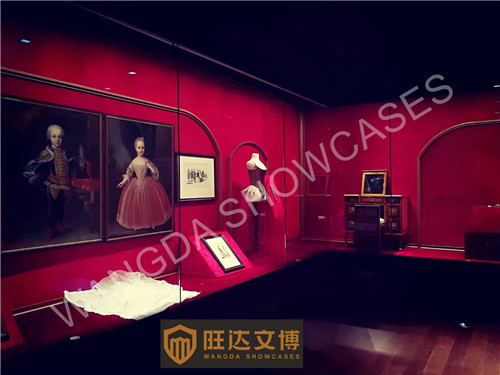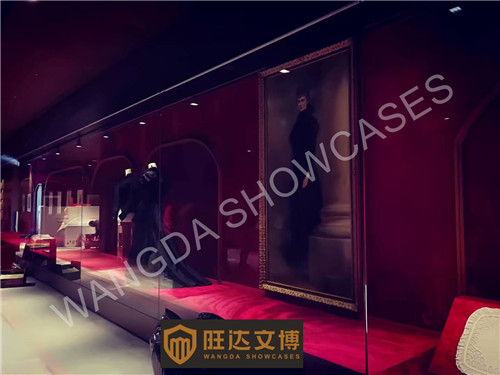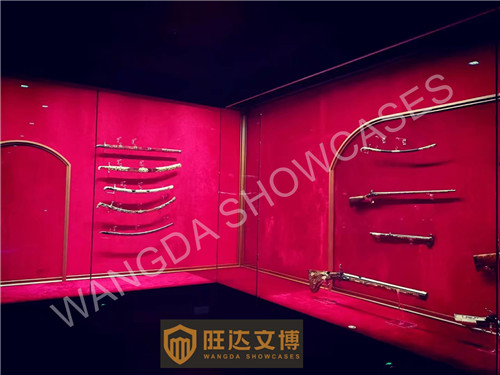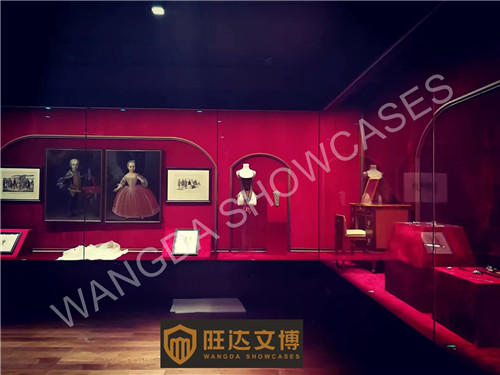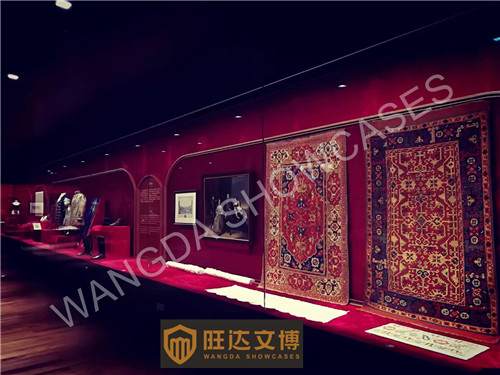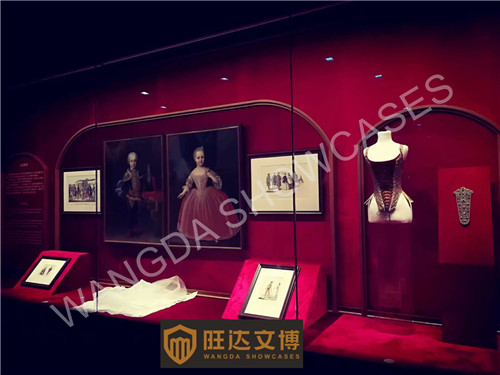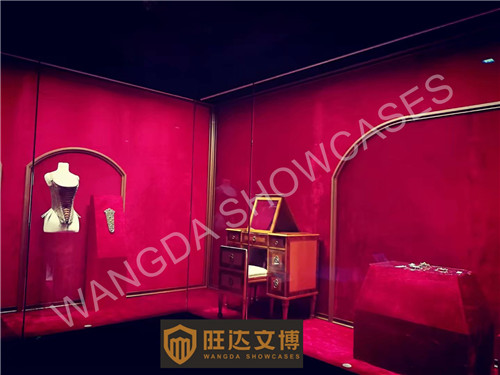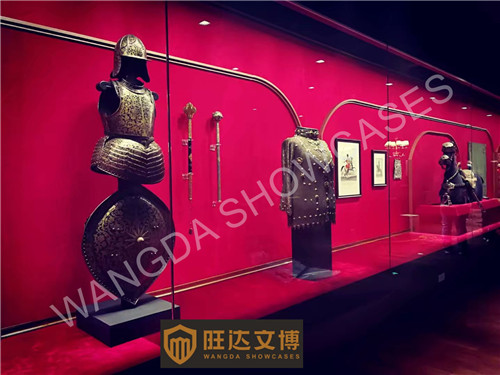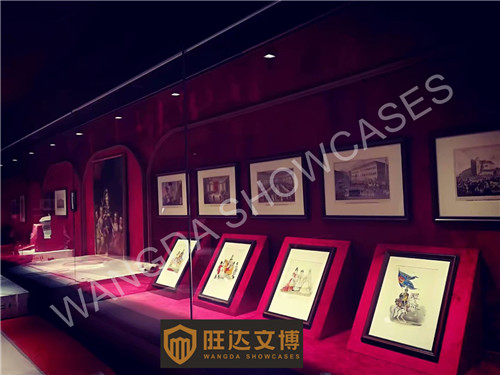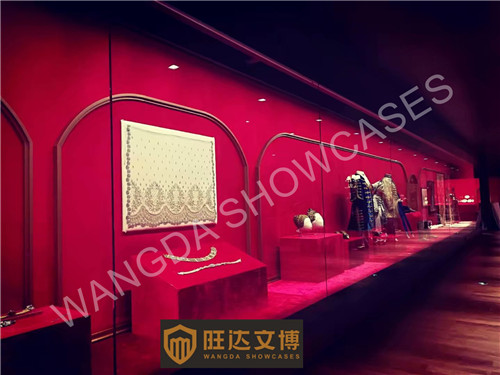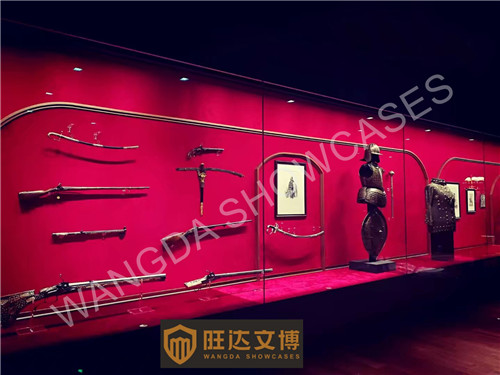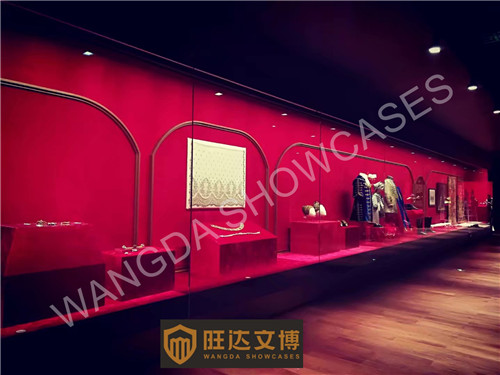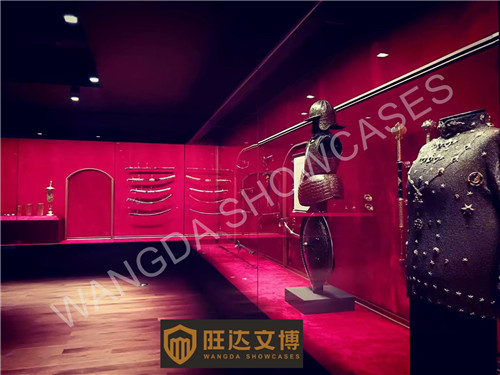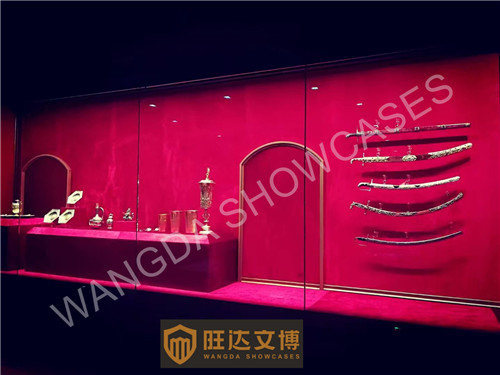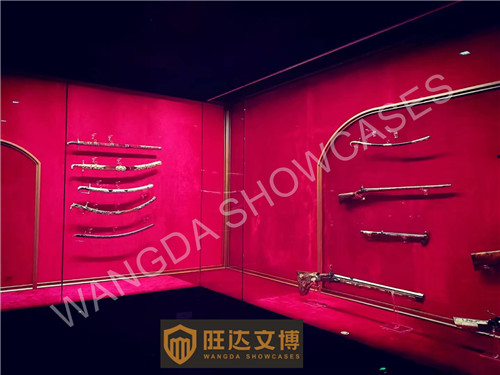WANGDA SHOWCASES supplied and installed custom museum grade display cases|museum showcases|museum display cabinets|vitrines for the Egyptian Exhibition Gallery for New Walk Museum located in Leicester of United Kingdom.
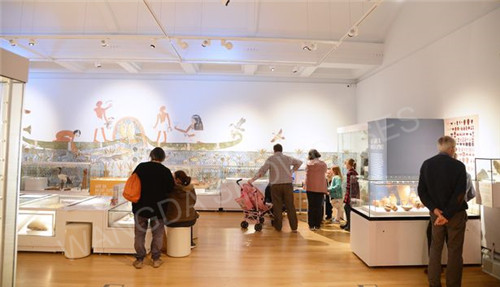
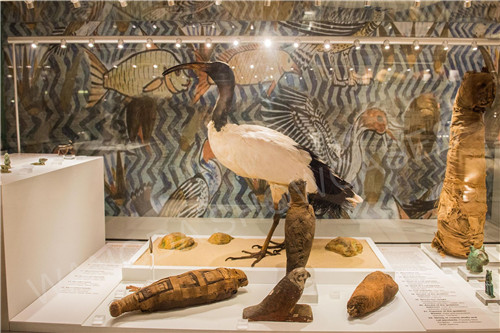
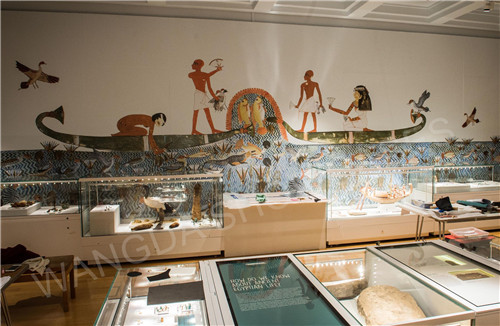
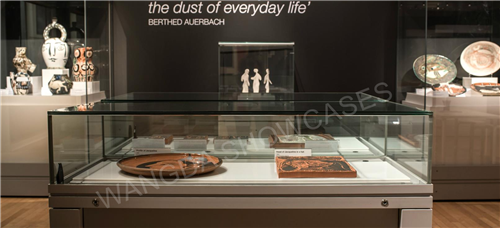
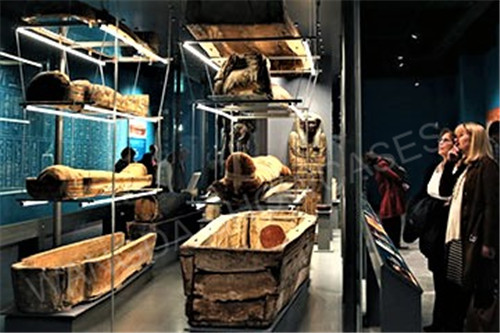
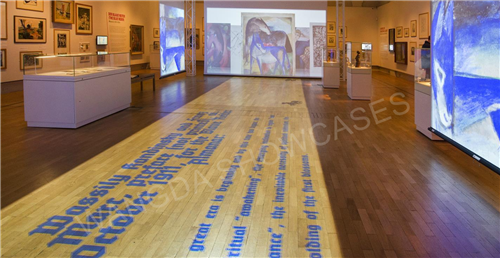
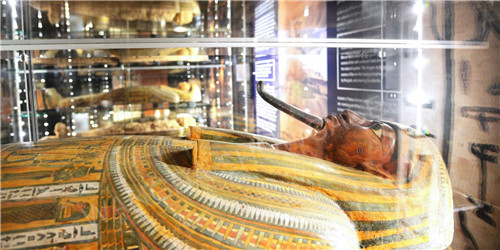

WANGDA SHOWCASES supplied and installed custom museum grade display cases|museum showcases|museum display cabinets|vitrines for the Egyptian Exhibition Gallery for New Walk Museum located in Leicester of United Kingdom.







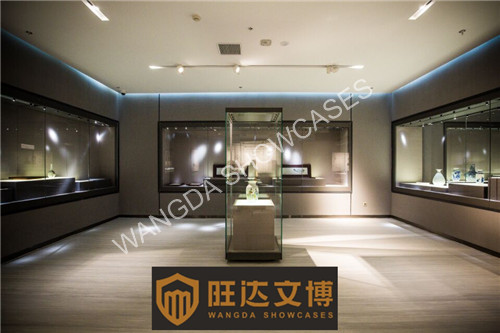
WANGDA SHOWCASES designed,supplied and installed custom museum grade display cases|museum showcases|museum display cabinets|vitrines for all the galleries for Ceramics Museum of China, to make the contribution to the protection and exhibition of valuable fine collections of ceramic wares.
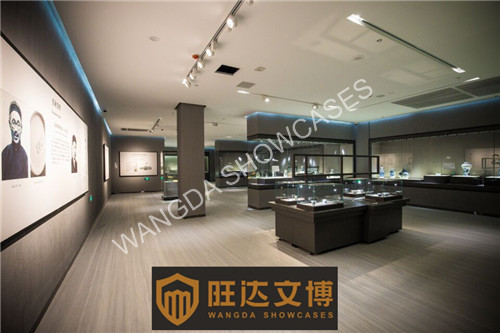
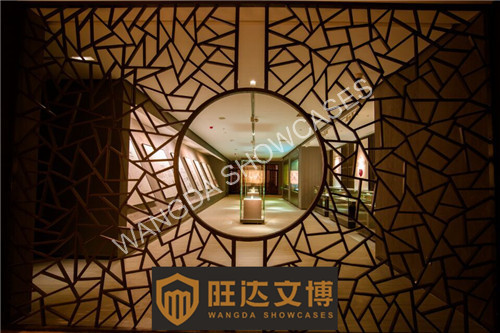
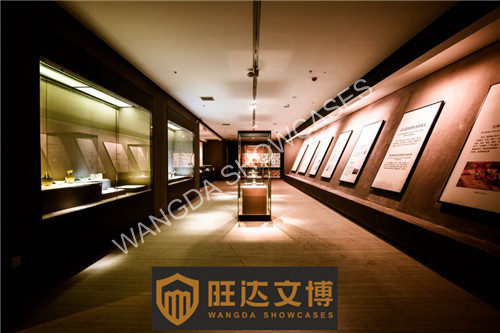
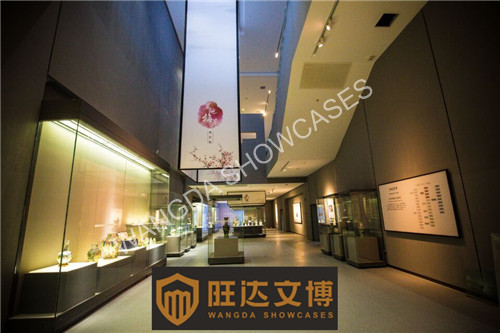
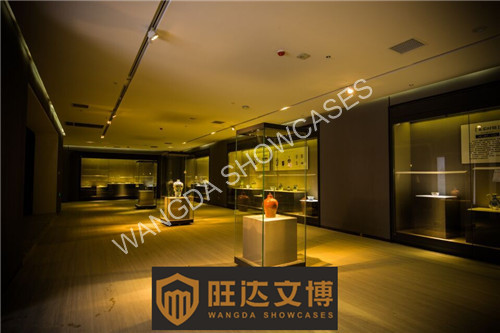
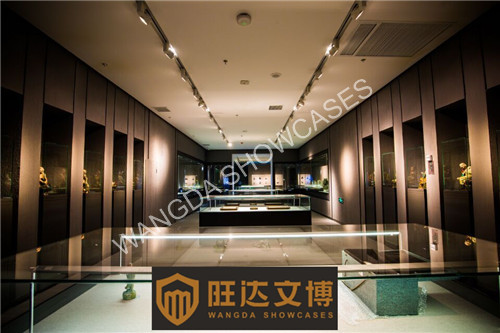
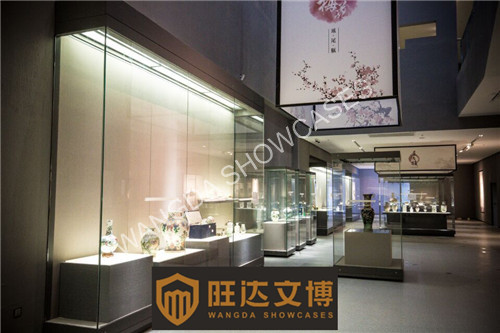
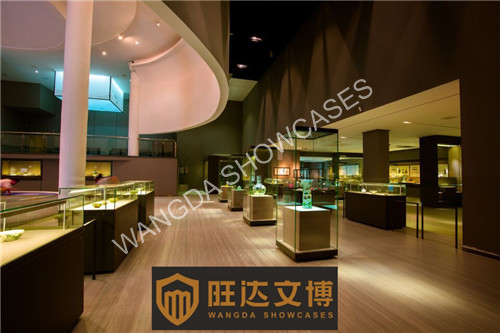

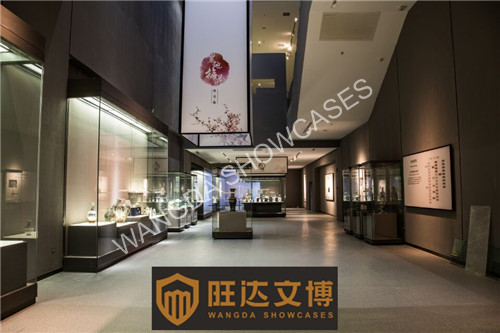
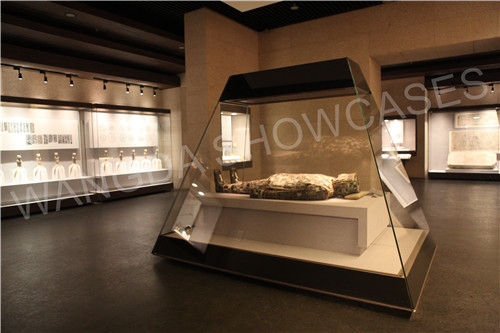
Wangda Showcases supplied and installed custom museum display cases|museum showcases|museum display cabinets|vitrines for Phase 2 museum showcases project for Henan Museum
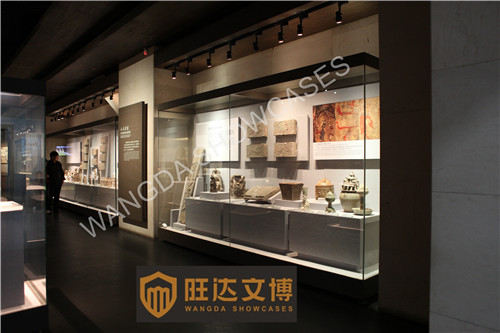
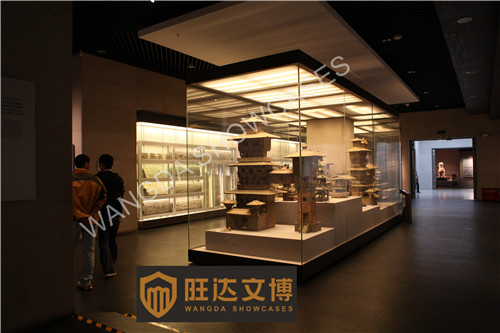
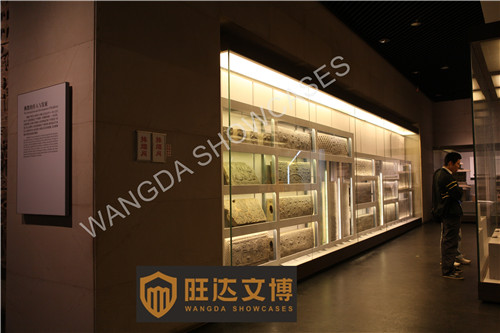
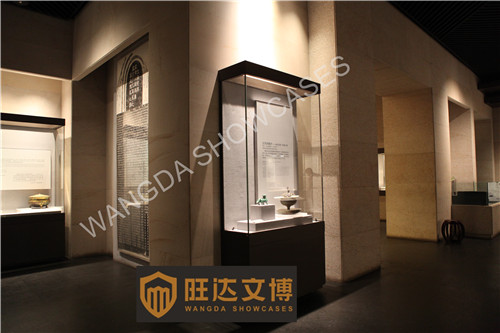
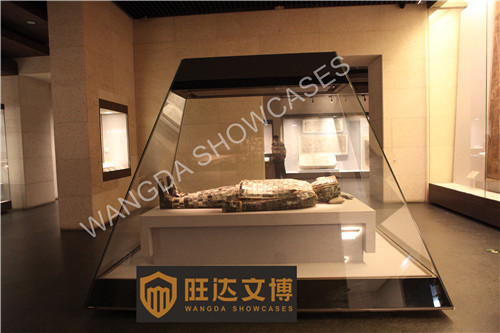
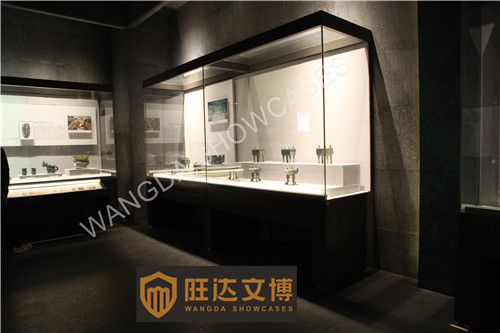
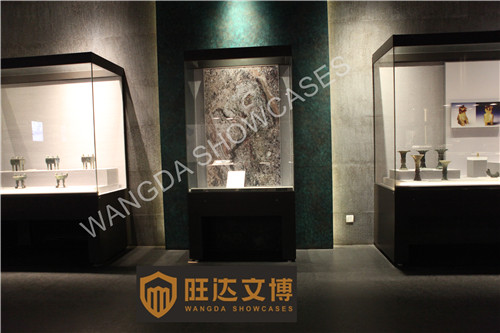
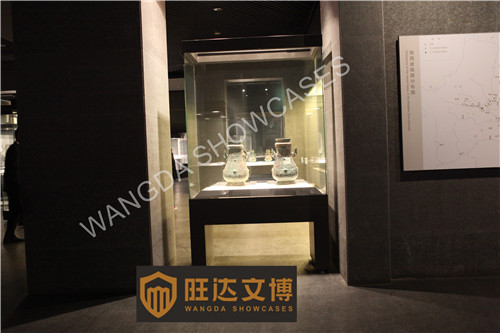
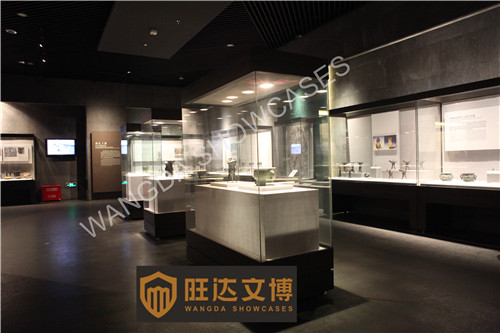
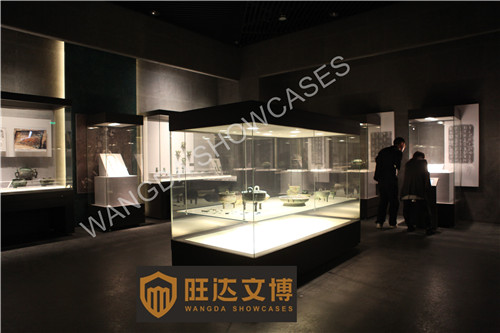
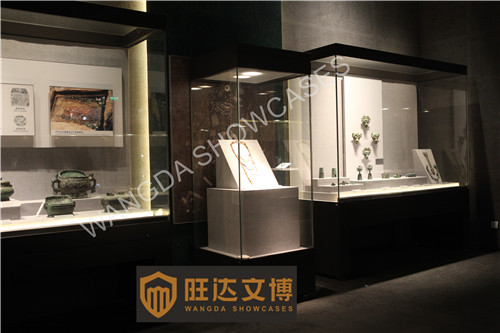
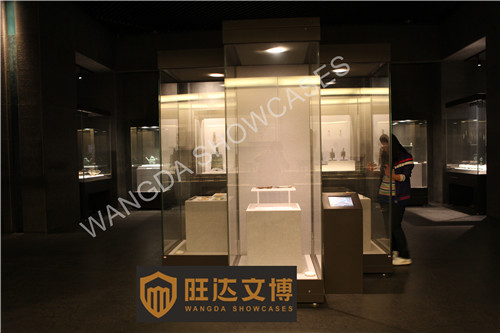
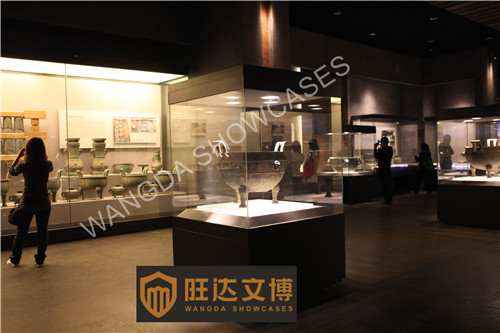
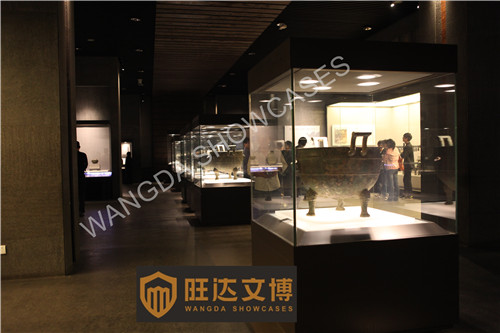
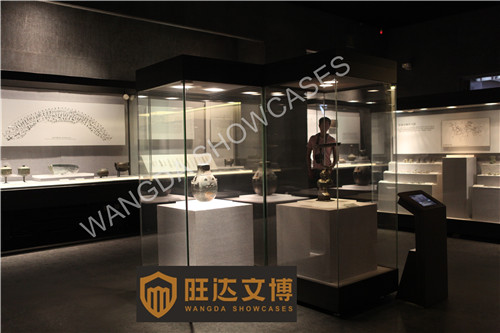
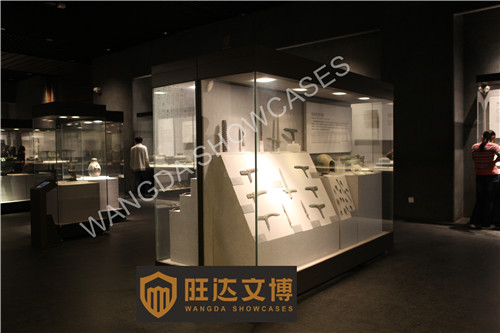
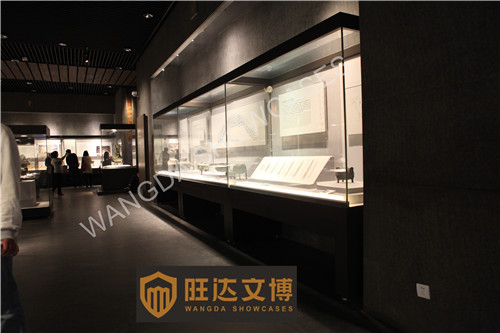
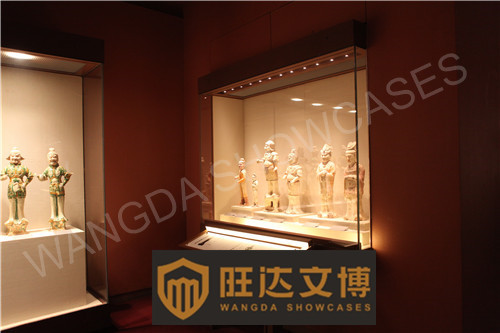
Wangda Showcases supplied and installed custom museum display cases|museum showcases|museum display cabinets|vitrines for the Phase 1 museum showcases project for Henan Provincial Museum.
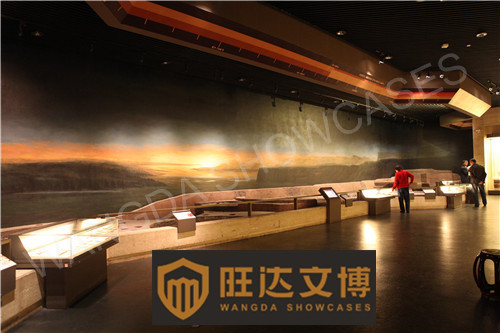
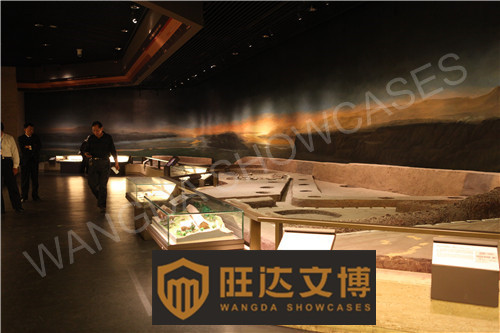
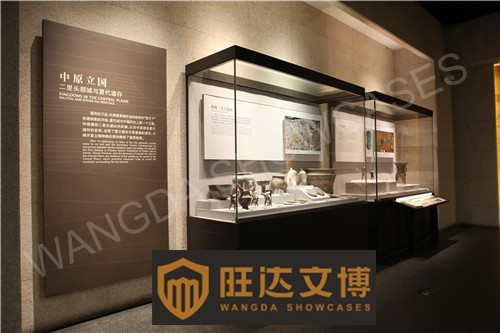
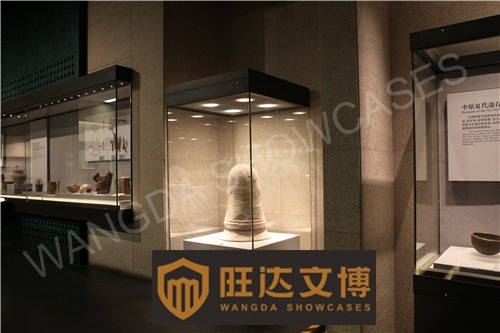
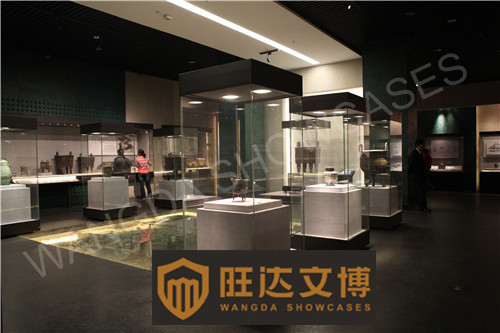
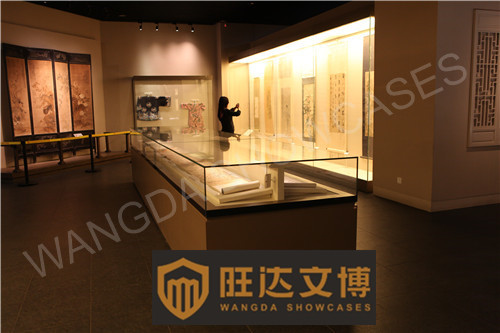
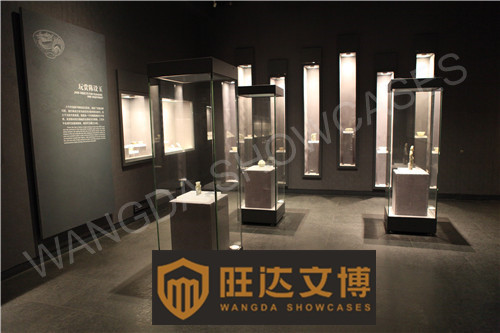
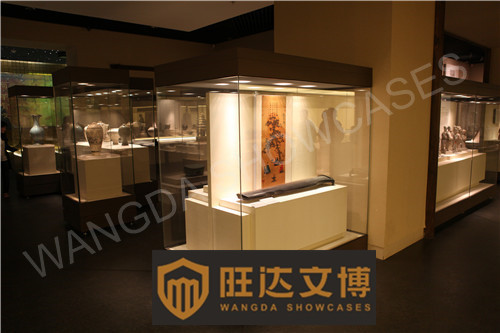
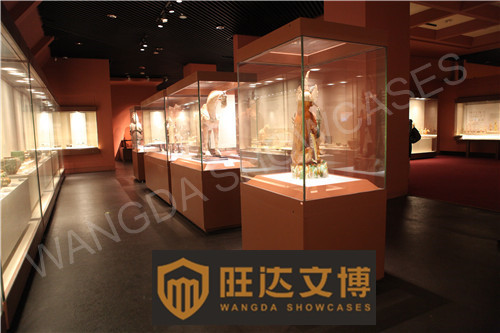

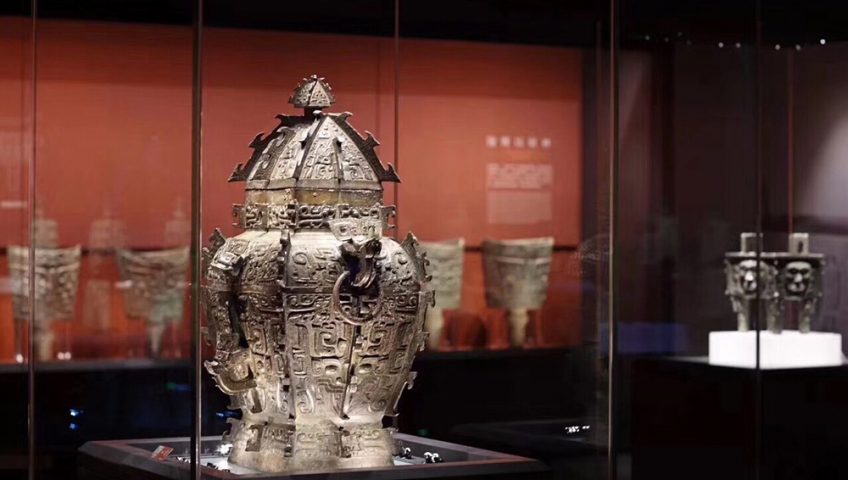
The Hunan Museum (Chinese: 湖南省博物馆) is the provincial museum of Hunan, China. It was built in 1951 and opened to the public in July 1956. It is located in the provincial capital Changsha at No. 50, Dongfeng Lu next to the Revolutionary Martyr’s Park.It spans a total area of about 50,000 square metres (12 acres), with a constructed area of 20,000 square metres (4.9 acres).The museum has a collection of more than 180,000 objects, including items found in the tombs of the Marquis of Dai and his wife in Mawangdui.[1]
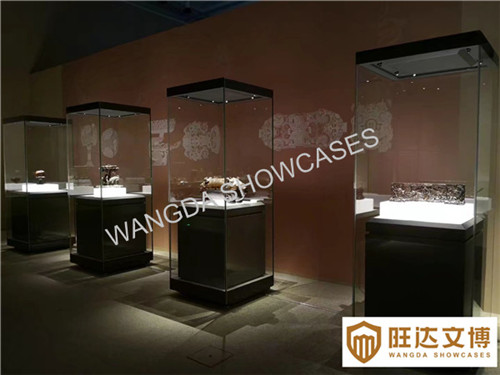
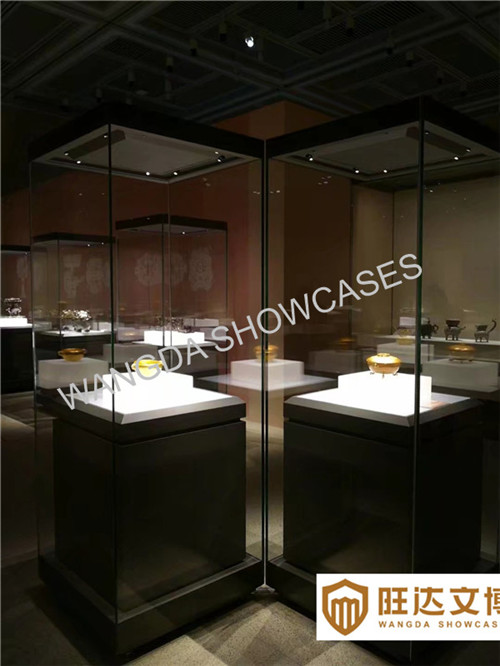
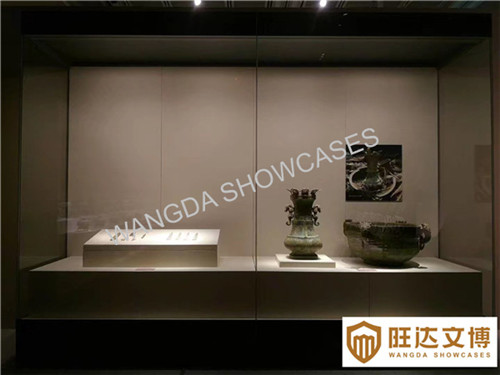
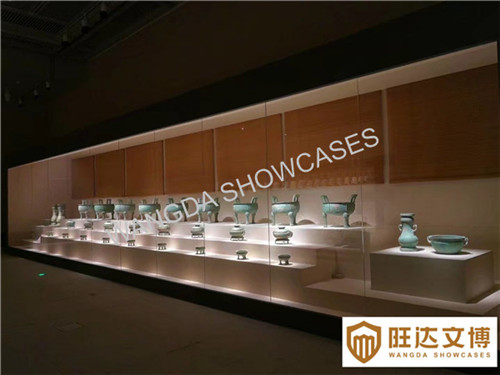
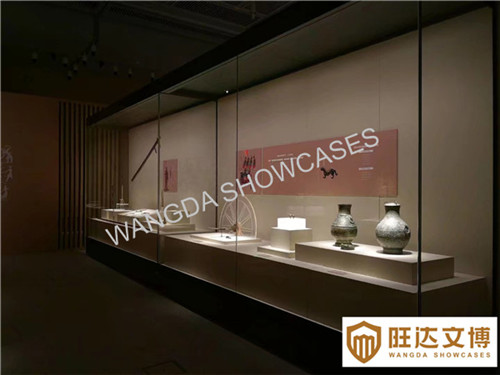
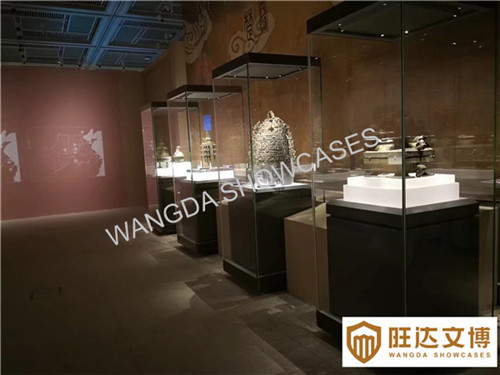
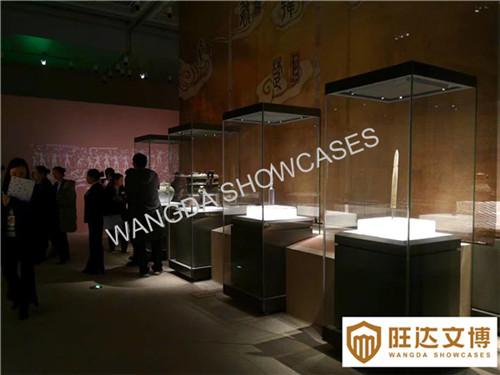
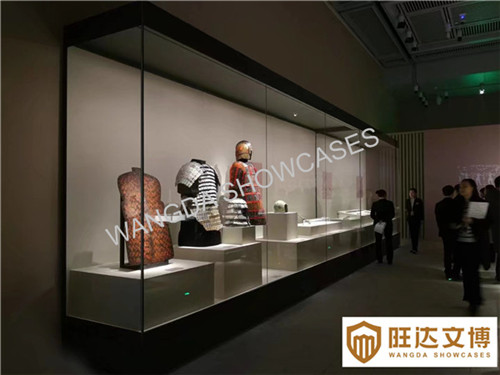
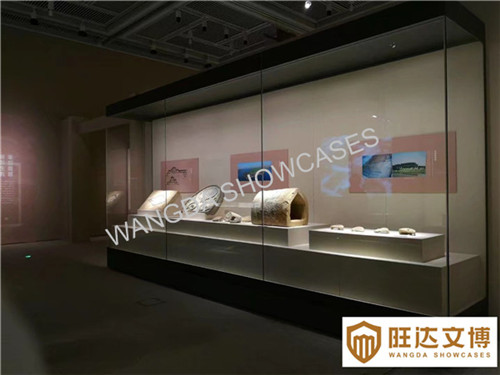
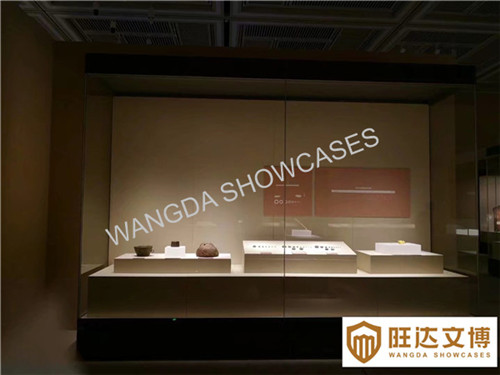
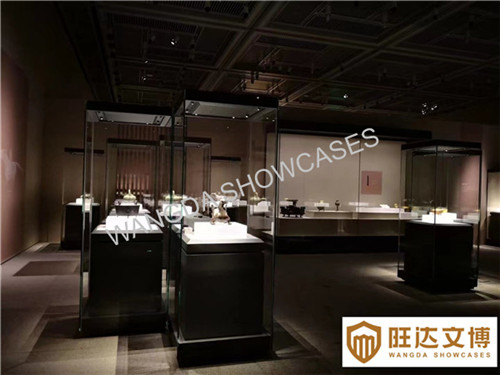
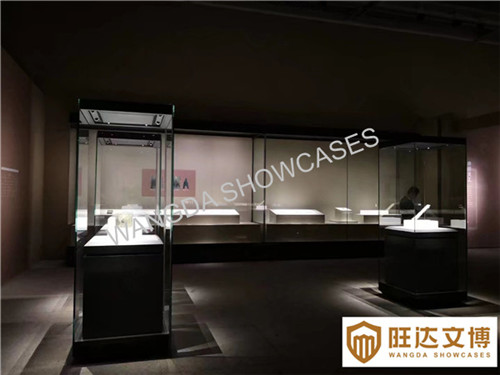
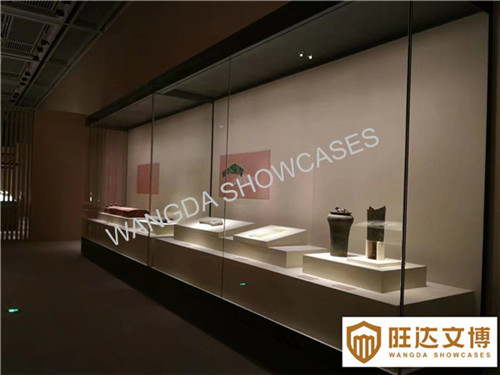
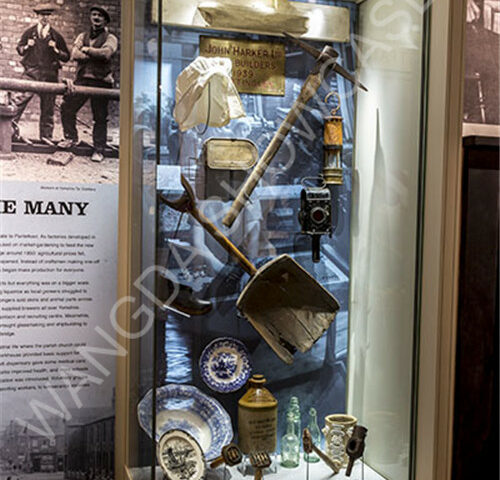
Exhibition in Pontefract Museum is now open to the public.Wangda Showcases supplied all the high-security custom museum display cases|museum showcases|museum display cabinets|vitrines to this museum.The exhibits include information on Pontefract Castle and Pontefract Cakes (liquorice sweets). Exhibits include finds from Pontefract Castle and St. John’s Priory, Pontefract, coins from the English Civil War, packaging from the Pontefract liquorice factories, coloured glass and locally printed material.Most of the collection has Pontefract connections, including the mining history of the town.
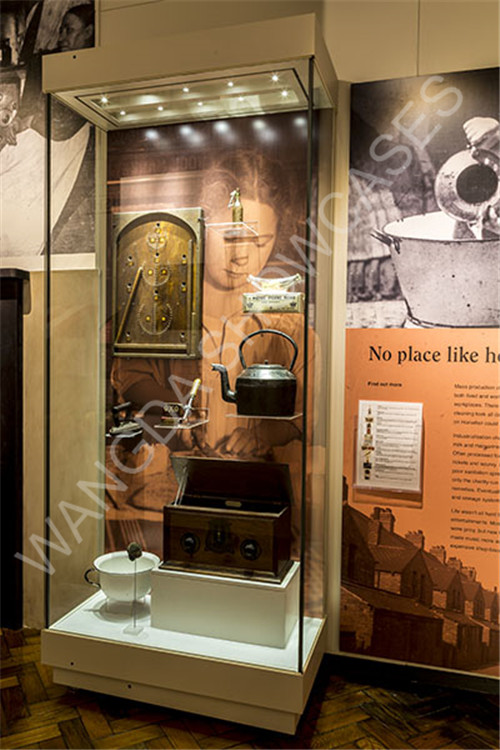
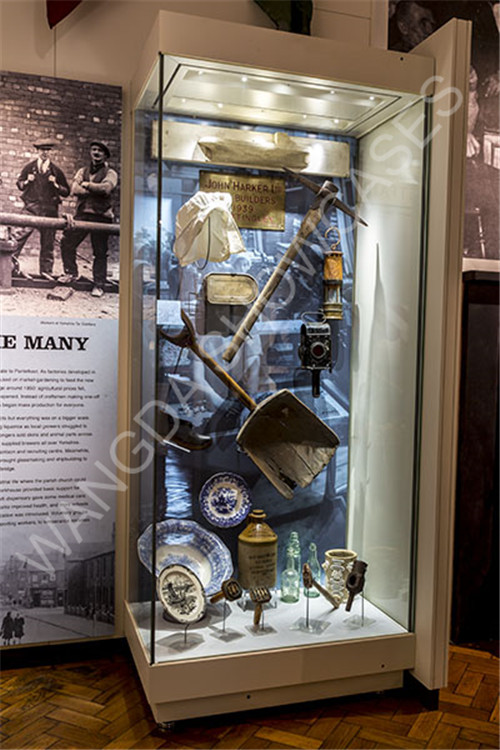
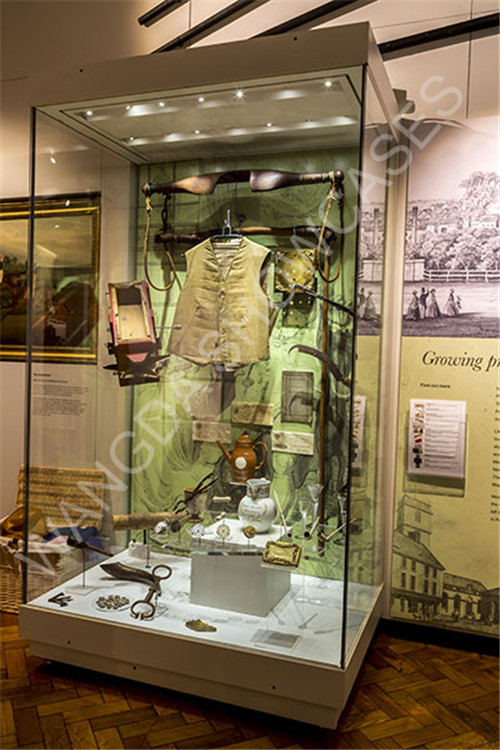
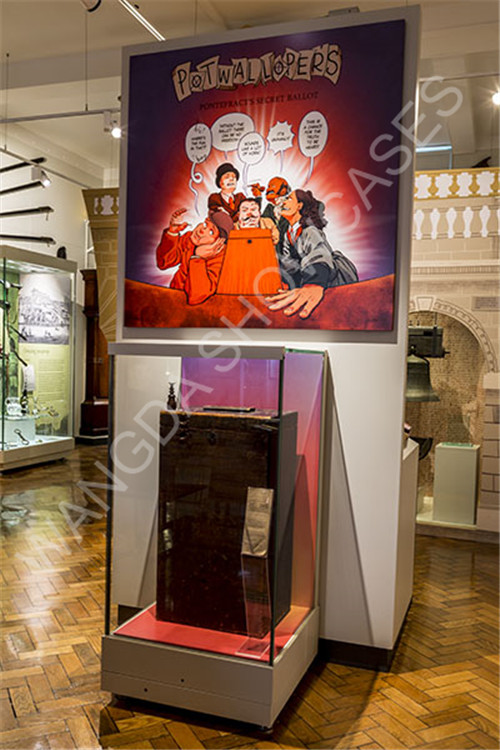
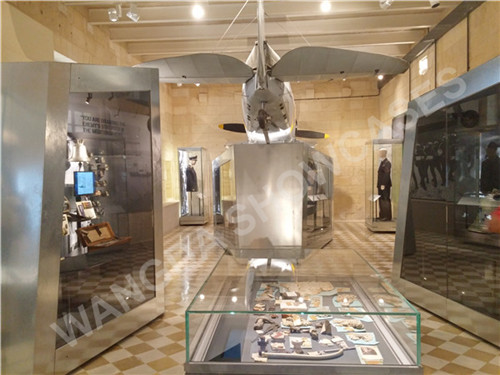
National War Museum of Mata was constructed in the ruin of Fort.St.Elmo.Hosted by Fort St Elmo,the National War Museum houses a superb collection of items which takes us back to prehistoric times.For permanent exhibition,collected valuable artifacts are displayed in chronological order, commencing from the early phases of the Bronze Age around 2,500 B.C.The National War Museum and National Military History Museum of Malta was established on the basis of ruin of Fort.St.Elmo,one of the important heritage of Malta.The National War Museum of Malta houses a superb collections which takes us back to prehistoric times. Artefacts are displayed in chronological order, commencing from the early phases of the Bronze Age around 2,500 B.C.
During the second Punic war Malta changed hands and became part of the mighty Roman Empire. The disintegration of the latter led to a period of unrest where it is speculated that Malta was subject to vandal attacks. The Eastern Roman Empire officially recognised as the Byzantines, reconquered Malta in 535AD. Little is unfortunately known about life on the islands during Byzantine times as Malta is rarely mentioned in historic documents.
Malta changed hands again in 870AD following a fierce battle between the Arabs and the Byzantines. For the next 221 years Malta was ruled by the Arabs and once again the culture changed to reflect these new rulers. The Normans, a rising power of the time, won Malta in 1090. These were succeeded by other European rulers that also governed the Kingdom of Sicily, namely the Swabians, Angevins, Aragon/Catalans and finally the Spanish.
Malta’s Middle Ages ends in 1530 with the arrival of the Knights of the Order of St. John. Medieval armour and other equipment displayed highlights the complex power struggle emerging in the Mediterranean and in Europe between Christians and Muslims with prominence being given to the Great Siege of Malta in 1565.
The post-Great Siege period saw the building of Valletta, numerous fortresses, fortification works and coastal fortifications throughout the 17th and 18th centuries.
The Order of St. John’s rule in Malta was brought to an end by arrival of the French in Malta led by none other than Napoleon Bonaparte. The rule of the French did not last long however. Just three months after their arrival the Maltese rebelled and with the assistance of the British, Malta got rid of the French invaders. The British took over Malta and transformed it into one of their many colonies.
Two halls are dedicated to Malta’s important role in WW I, the Inter-War Period and Malta’s historical role in the Second World War. Displayed in these halls one can find perhaps the three most important icons of this museum: the Gloster Sea Gladiator N5520 FAITH, Roosevelt’s Jeep ‘Husky’ and Malta award for gallantry, the George Cross.
Concluding the walk through Malta’s military role in history are displays dedicated to Malta’s Independence, becoming a Republic, Freedom Day and Malta joining the European Union.
All the high-end custom museum display cases|museum showcases|museum display cabinets|vitrines are supplied and installed by Wangda Showcases for National War Museum & National Military History Museum,Malta
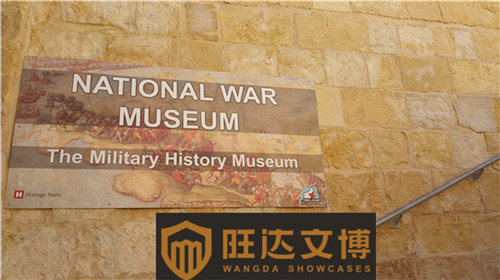
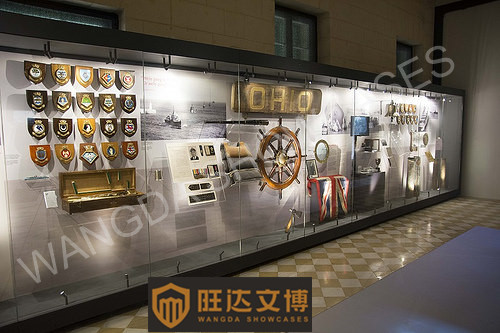
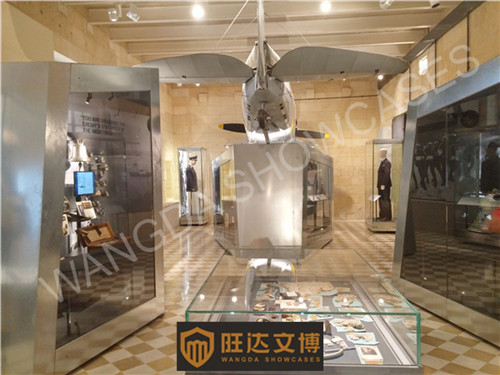
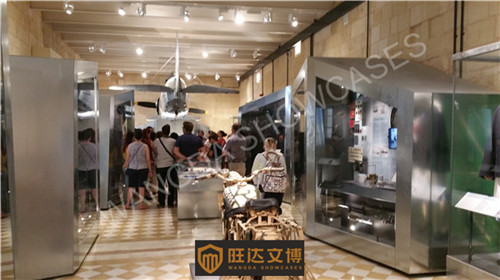
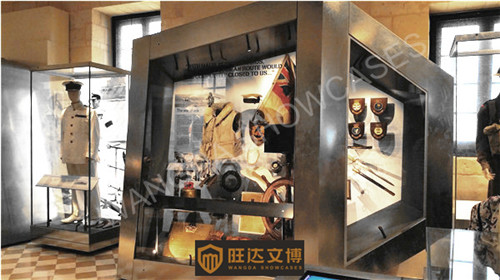
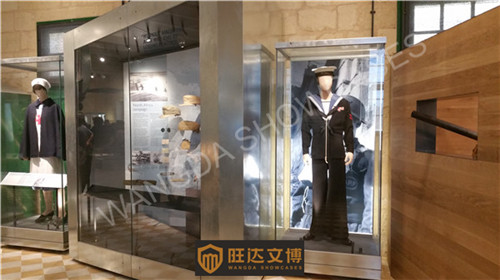
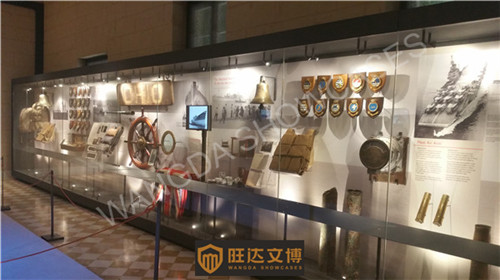
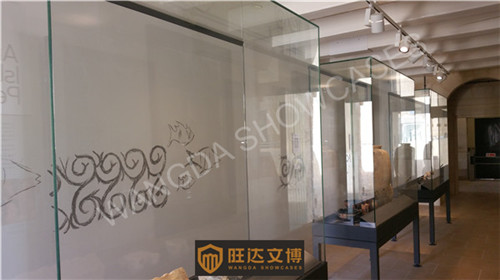
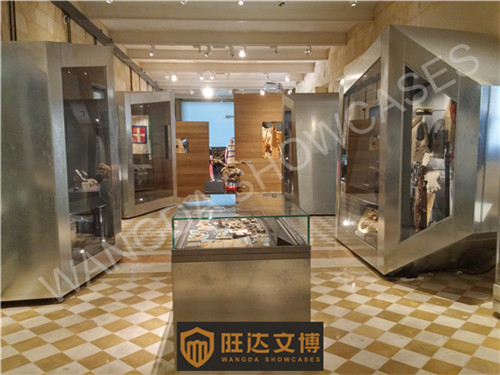
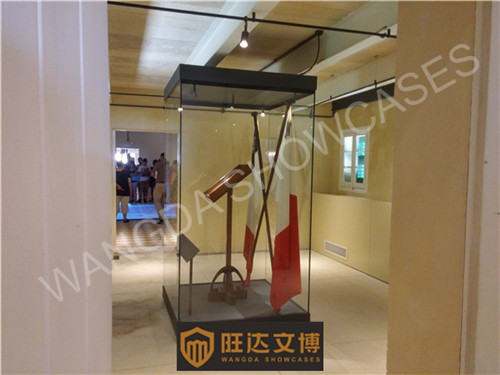
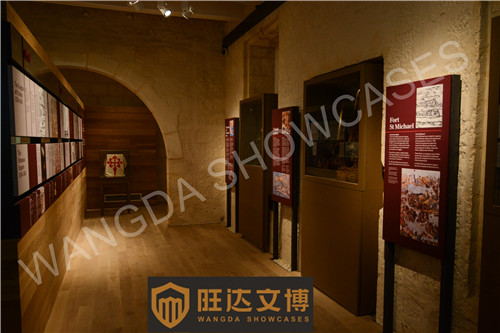
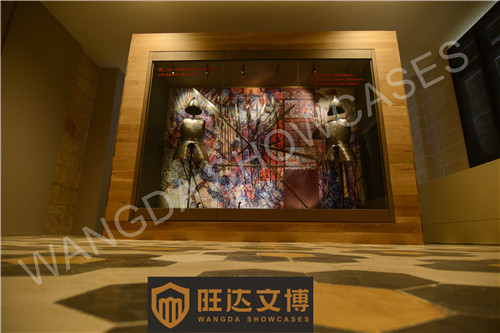
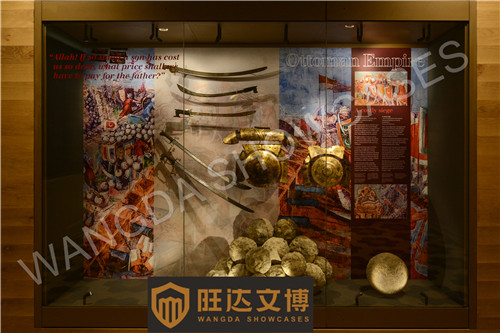
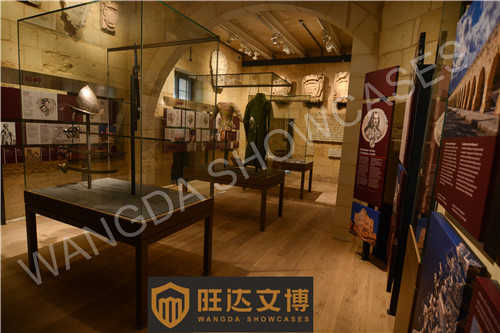
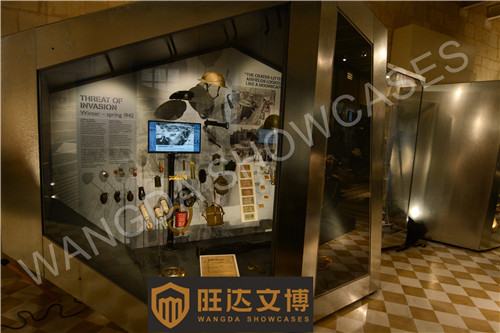
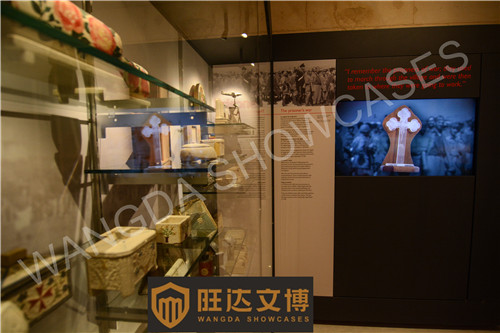
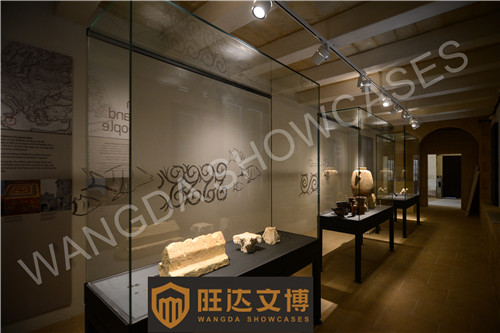
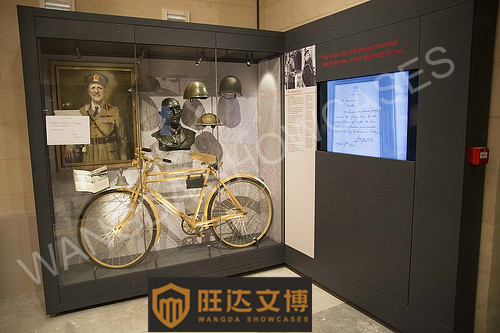
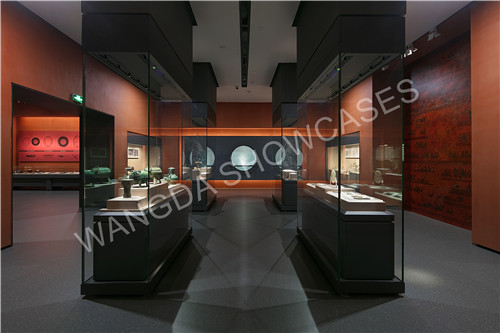
Wangda Showcases designed,supplied and installed all the custom museum grade display cases|showcases|display cabinets|vitrines for all the exhibition halls of Changsha Museum,located in the provincial capital of Hunan Province,the hometown of Mao Zhedong, the first president of P.R.China.The Changsha Museum (simplified Chinese: 长沙博物馆; traditional Chinese: 長沙博物館; pinyin: Chángshā Bówùguǎn) is a history museum located at Beichen Delta in Kaifu District, Changsha, Hunan, China.[2]It is adjacent to the Changsha Concert Hall, Changsha Planning Exhibition Hall and Changsha Library. It has a constructed area of 24,000-square-metre (260,000 sq ft).The collections include Bronzes of Shang and Zhou dynasties, Chinese ceramics, and cultural relic of Changsha.
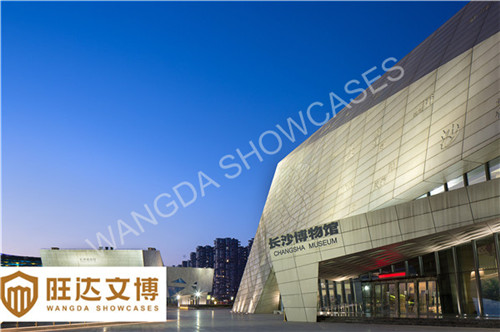
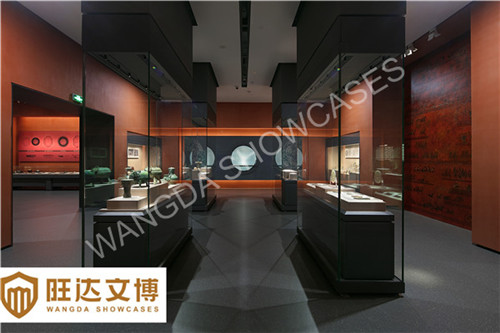
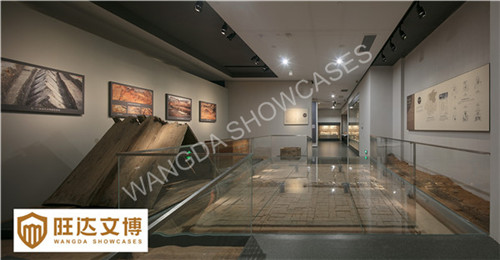
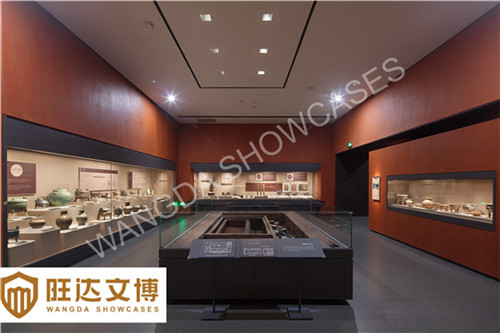
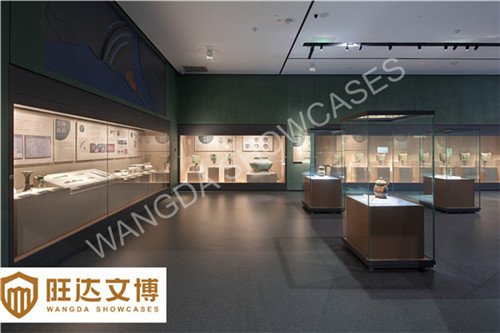
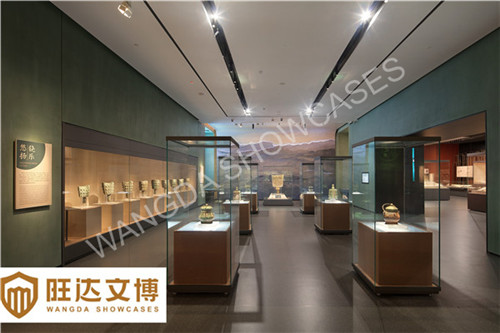
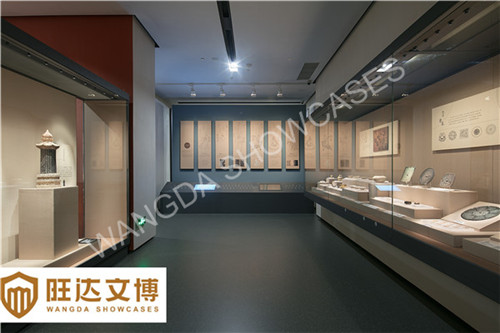
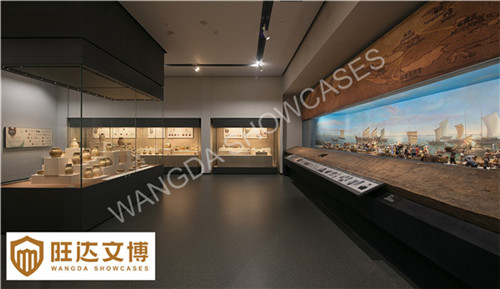
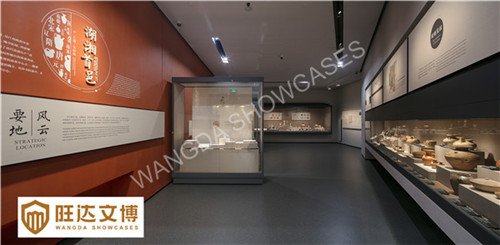
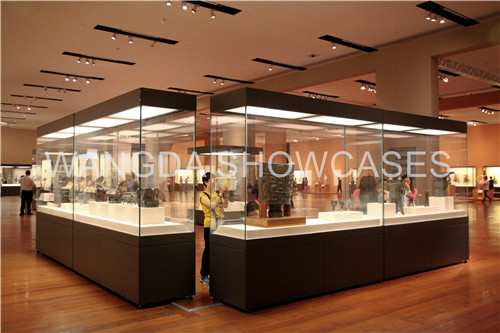
Custom Museum Display Cases/museum showcases/museum display cabinets/vitrines from WANGDA SHOWCASES for National Museum of China.National Museum of China. National Museum of China (Chinese: 中国国家博物馆; pinyin: Zhōngguó Guójiā Bówùguǎn) flanks the eastern side of Tiananmen Square in Beijing, China. The museum’s mission is to educate about the arts and history of China. It is directed by the Ministry of Culture of the People’s Republic of China. National Museum of China is one of the largest museums in the world, and with over eight million visitors in 2017, the National Museum of China was the second-most visited art museum in the world, just after the Louvre.[3]
The museum, covering Chinese history from the Yuanmou Man of 1.7 million years ago to the end of the Qing Dynasty (the last imperial dynasty in Chinese history), has a permanent collection of 1,050,000 items,[8] with many precious and rare artifacts not to be found in museums anywhere else in China or the rest of the world. Among the most important items in the National Museum of China are the “Simuwu Ding” from the Shang Dynasty (the heaviest piece of ancient bronzeware in the world, at 832.84 kg),[9] the square shaped Shang Dynasty bronze zun decorated with four sheep heads,[9] a large and rare inscribed Western Zhou Dynasty bronze water pan,[9] a gold-inlaid Qin Dynasty bronze tally in the shape of a tiger,[9] Han Dynasty jade burial suits sewn with gold thread,[9] and a comprehensive collection of Tang Dynasty tri-colored glazed sancai and Song Dynasty ceramics.[9] The museum also has an important numismatic collection, including 15,000 coins donated by Luo Bozhao.[10]

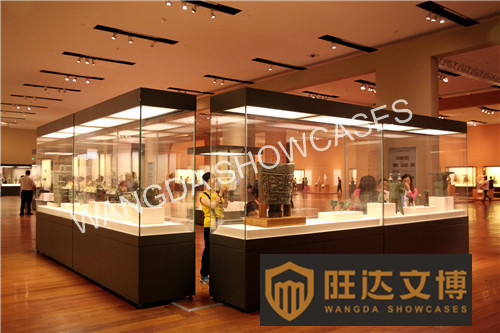
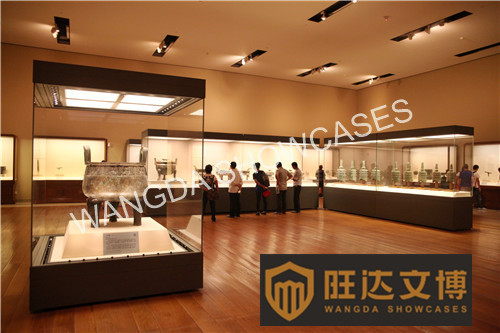
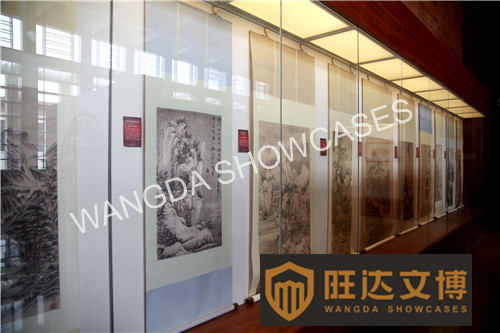
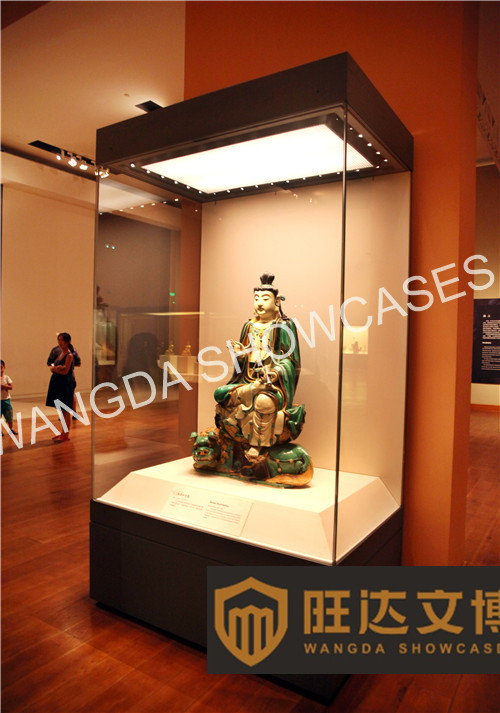
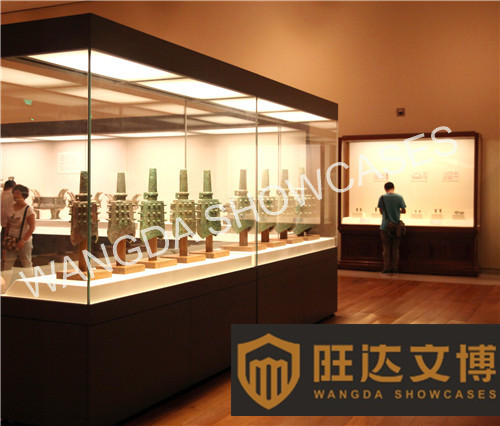
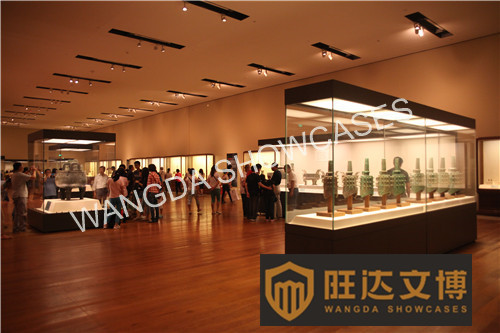
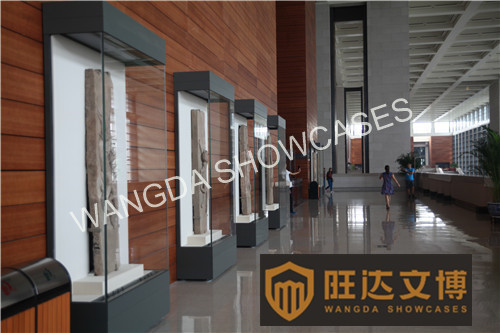
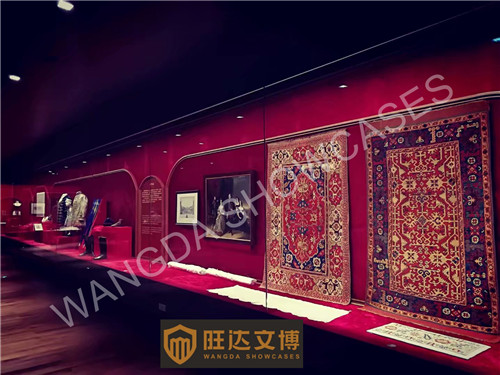
The Hungarian National Museum presented the worldwide renowned tour exhibition Princess Sissi and Hungary: Aristocratic Life in 17th–19th Century Hungary at the Palace Museum. Over 150 pieces valuable artifacts reflect the lives of the Hungarian aristocracy over the past four centuries. This exhibition marks the first time that a Chinese audience has been able to see the gems collected by the Hungarian National Museum.
WANGDA SHOWCASES supplied and installed all the custom museum grade display cases|showcases|display cabinets|vitrines for the exhibition themed Princess Sissi and Hungary at the exhibition gallery of Gate of Divine Prowess in Palace Museum in Beijing.
Princess Sissi, or Elisabeth Amalia Eugenia von Wittelsbach, became well-known due to the 1955 film Sissi. Her life and experience as Empress of Austria and Queen of Hungary in the 19th century have inspired many dramas, animations and musicals.
Sissi lived in Hungary longer than any other place and regarded the country as her second home. She learned the Hungarian language and embroidery and also contributed to the construction of Budapest, earning her the nickname “Daughter of Hungary” from Hungarian people at the time.
